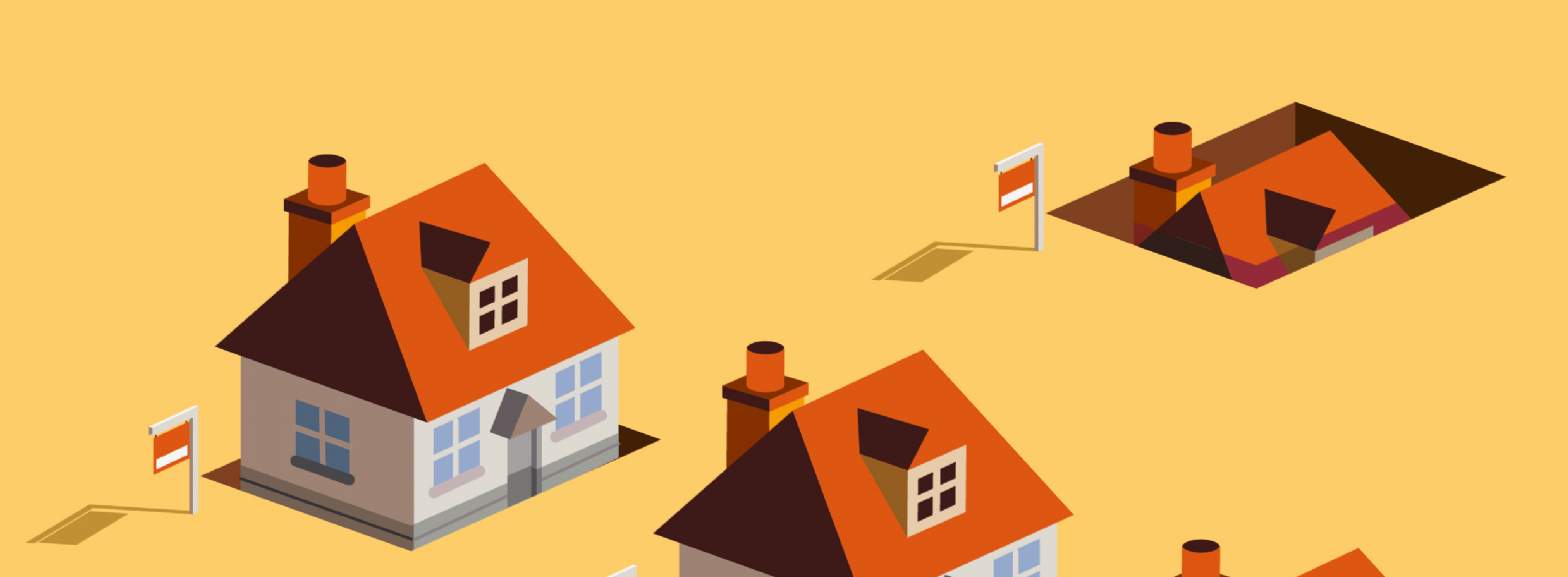Looking like a soft landing
Together, this almost certainly means there will be less urgency in the market from 2022. We have already seen three month on three-month house price growth fall from 3.9% at the end of June to 1.7% at the end of September.
We expect price growth next year to be much more muted than we have seen of late, with the prospect of the current burst of inflation persisting into next year and bringing forward the first anticipated interest rate rise.
But in the short term, there are a number of economic factors that support decelerating price growth as opposed to something more dramatic.
Firstly, interest rates are incredibly low. The average rate for a five-year fixed rate mortgage at a 75% loan-to-value (LTV) ratio was 1.29% at the end of September, according to the Bank of England. For buyers with more equity, lenders have fallen over each other to offer fiveyear rates well below 1%.
Secondly, the vast majority of mortgaged homeowners are insulated from rates rising earlier than expected, even if inflation continues to rise over the short term. This insulation has been provided by the 93% of mortgage borrowers who have locked into low, fixed rates and by the proportion of those who fixed for five years or more.
Thirdly, unemployment looks to have been contained, limiting the risk of forced sales. Indeed, mortgages in arrears currently represent just 1.2% of the outstanding loan book. That’s lower than at any point in the past decade.

.jpg)
.jpg)
.jpg)
.jpg)